'Catastrophic': Hurricane Melissa ravages hospitals, homes in Jamaica and Cuba
Published in News & Features
Hurricane Melissa pulled away from Cuba on Wednesday morning, leaving a trail of devastation that stretched through Cuba’s second most populous region and Jamaica, where it was the strongest storm to ever strike the island nation. Next in its sights is the Bahamas.
In Jamaica, Prime Minister Andrew Holness issued a disaster declaration not long after Melissa’s record-breaking strike. The death and damage toll remained uncertain early Wednesday, but early reports are that 35% of the island, mostly the west side, is without power and some coastal communities near the landfall spot have been reduced to rubble.
Richard Thompson, acting director of Jamaica’s Office of Disaster Emergency Preparedness, said they are seeing extensive damage, particularly on the west side of the island.
“This morning the fire brigade is out trying to see how we can rescue people,” he said, describing how people were forced to take shelter on rooftops. “We have not received any reports of dead just far.“
Video posted by Jamaica’s Constabulary Force in Black River, near where the eye came ashore, show snarled and downed power lines, piles of debris and many buildings completely collapsed — all on a street still covered in water. Other clips show a shredded ceiling and water pouring into the Sangster International Airport in Montego Bay, the popular tourism destination and where the eye re-emerged over the Caribbean.
An American tourist from South Carolina who weathered the storm from a resort in Montego Bay posted on X that the area was devastated in Melissa’s wake.
“The damage here is catastrophic, I wouldn’t wish yesterday on my worst enemy. Some of the scariest moments of my life,” he said.
At a news conference, Desmond McKenzie, minister of local government in Jamaica, reported that multiple hospitals had damaged roofs, were without power and hit by storm surge. Video posted on social media showed Hurricane Melissa’s winds peeling the roof off one hospital building near the eye wall and sending it flying.
At one hospital, 75 patients had to be evacuated. “Blocked roads right across the country,” he said. “Almost every parish is experiencing blocked roads, galled trees, utility poles and excess offing in many communities.” He said St. Elizabeth Parish — the island’s most important agricultural area — was “underwater.”
A hard hit for Cuba, too
But unlike the smash hit to Jamaica, Melissa’s Cuba landfall involves a weaker — and more importantly, much faster moving — Melissa.
The National Hurricane Center said Melissa came ashore in Santiago de Cuba with 120 mph winds around 3 a.m. Wednesday, marking the strongest storm to make landfall in Cuba since Hurricane Irma in 2017. It’s expected to bring up to 20 inches of flooding rain, high winds and up to 12 feet of storm surge throughout Wednesday.
As of 11 a.m., Melissa was down to 100 mph maximum sustained winds, a Category 2, and was moving toward the Bahamas at 14 mph. That’s a great deal faster than the 5 mph pace Melissa approached Jamaica or the 8 mph pace it crossed the island, which likely means a lesser blow for Bahamians.
But despite the weakened state, Melissa hammered Cuba, which has an ailing power grid and is still recovering from years of back-to-back storm hits. Nearly a quarter million people were evacuated ahead of the storm, and power has been cut in the affected provinces since early Tuesday evening. Press photographers have captured imaged of homes without roofs, flooded streets and buildings left in heaps.
Now that the eye is back over the warm ocean, forecasters said Melissa has a small window to strengthen a little before it whacks the Bahamas this evening, potentially rising from 100 mph sustained winds to 105 mph sustained winds.
Melissa is expected to strike as a Category 2, with the eye potentially coming ashore near Crooked Island or Long Island. It could bring another 5 to 10 inches of rain, hurricane-force winds and 5 to 8 feet of storm surge.
The neighboring Turks and Caicos could also see up to 4 feet of storm surge, some rain and high winds from the outskirts of Melissa.
Meanwhile, this marks more than a week of continuous heavy rain for Haiti from Melissa’s outer bands. The storm has already claimed at least four lives in Haiti and the Dominican Republic, and the rain is expected to continue at least another day.
For its final act, Melissa is expected to cross west of Bermuda on Friday as a hurricane. The storm hardy island could feel some of the storm’s outer bands, and officials have issued a hurricane warning for the island.
While the impacts of Melissa are still occurring, recovery is expected to be a greater challenge than usual this year with the dissolution of the United States Agency for International Development, or USAID. So far, the U.S. has not signaled how it plans to help the storm ravaged Caribbean, and many of the usual staff and departments who have done so in the past have been laid off or dissolved.
Jamaican Transport Minister Darryl Vaz said that he’s hoping to have the Norman Manley International Airport in Kingston reopen as soon as Thursday to allow for the flow of aid.
Jamaica also launched an official platform to coordinate relief and manage recovery efforts: supportjamaica.gov.jm.
_____
©2025 Miami Herald. Visit at miamiherald.com. Distributed by Tribune Content Agency, LLC.
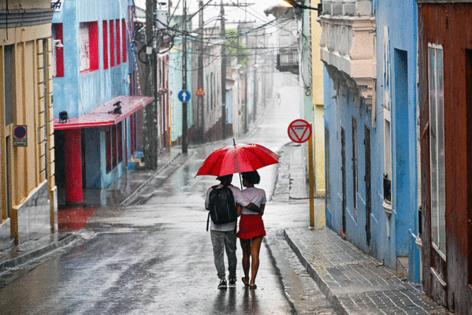
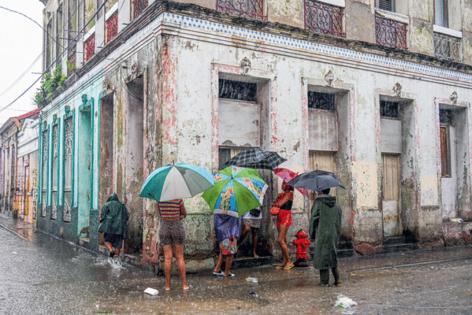
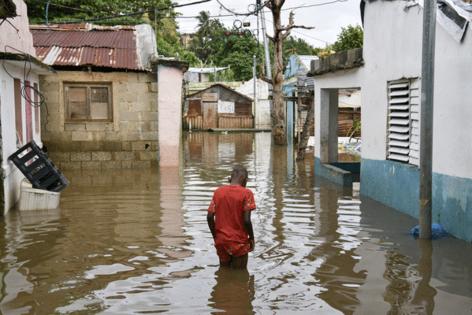
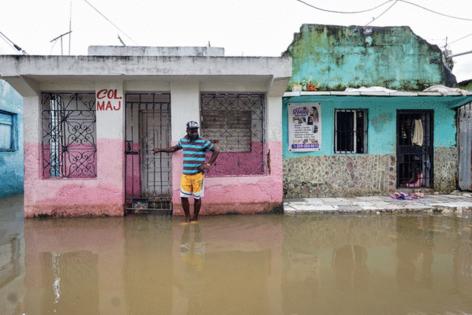
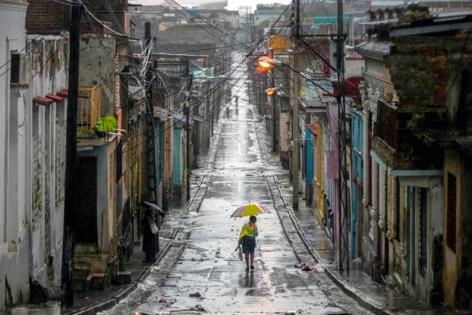











Comments